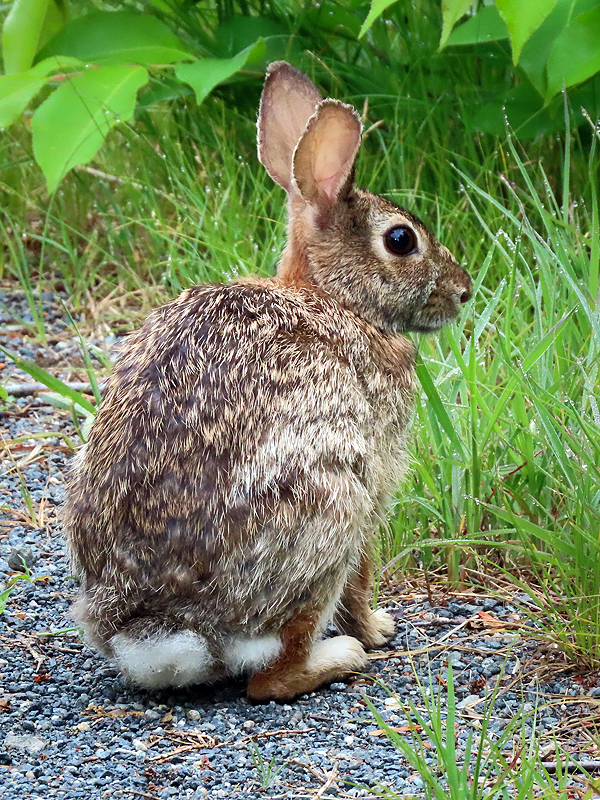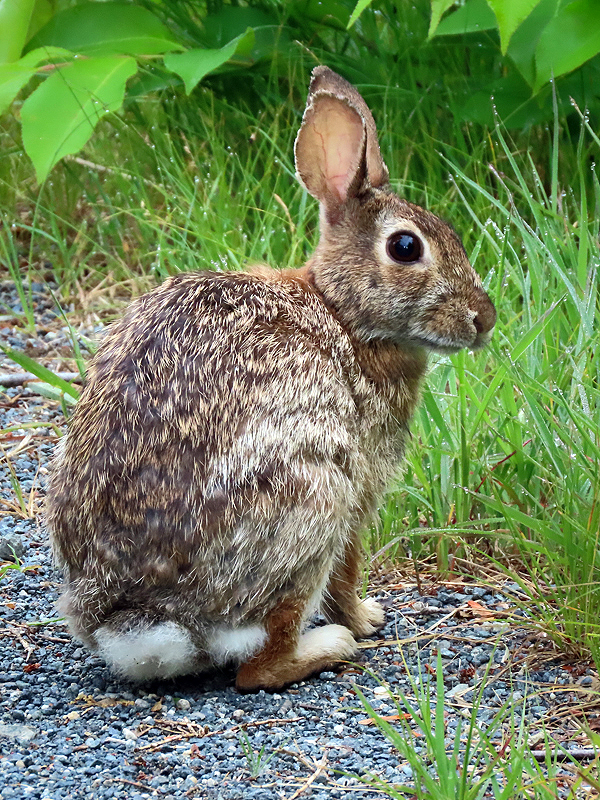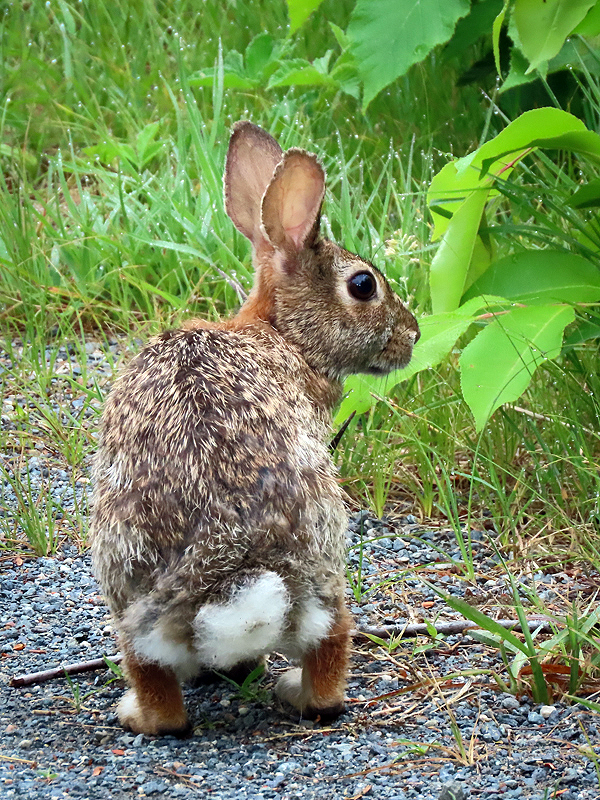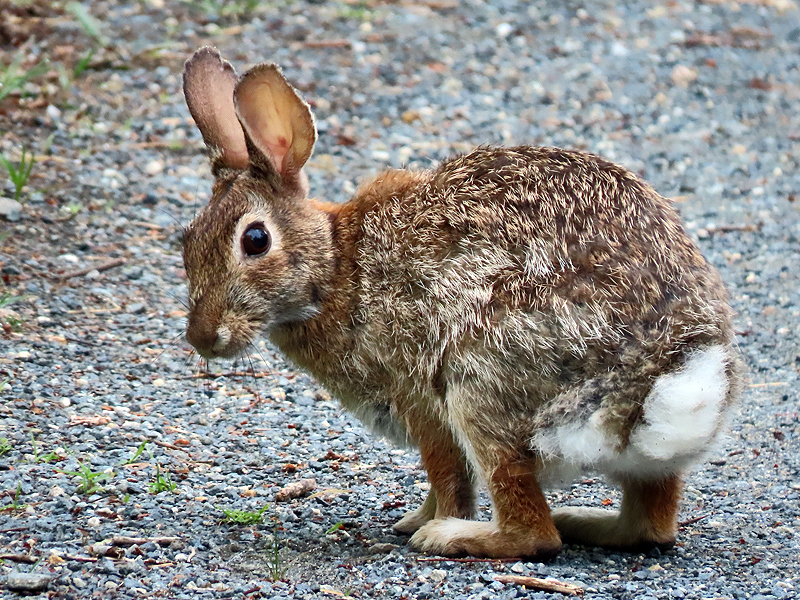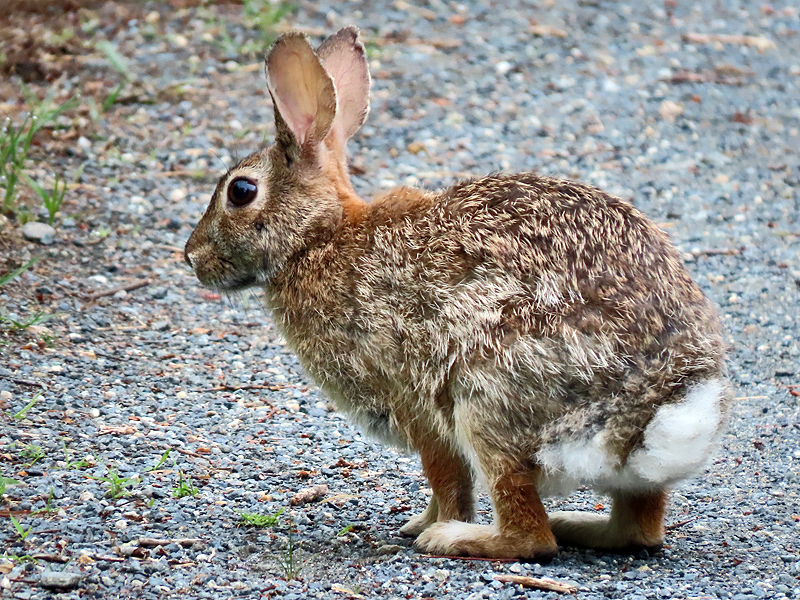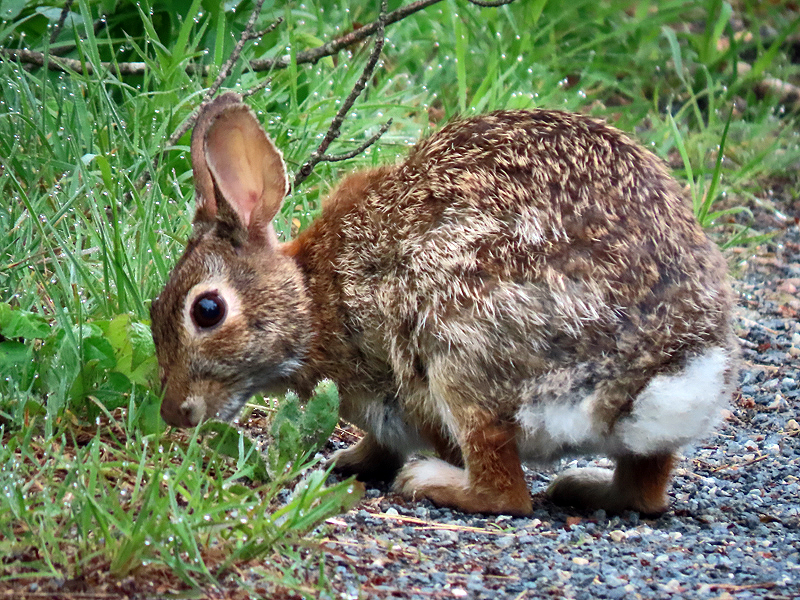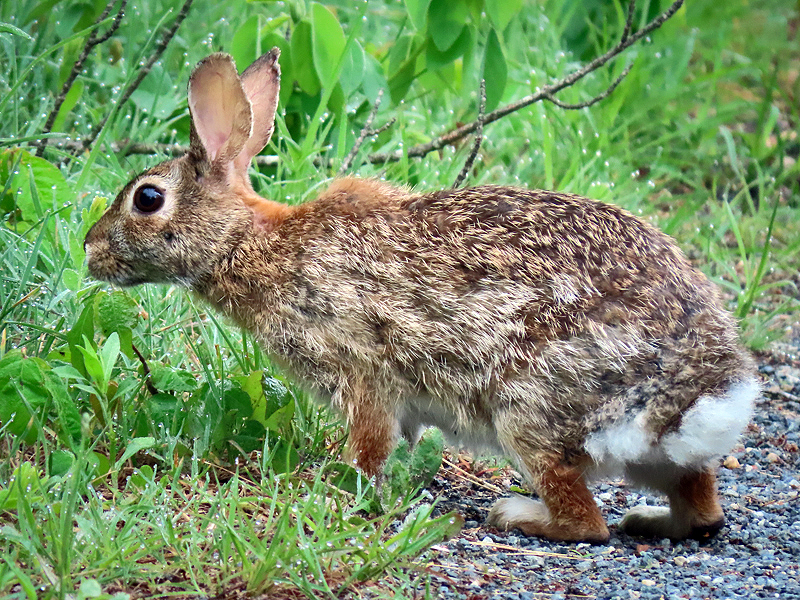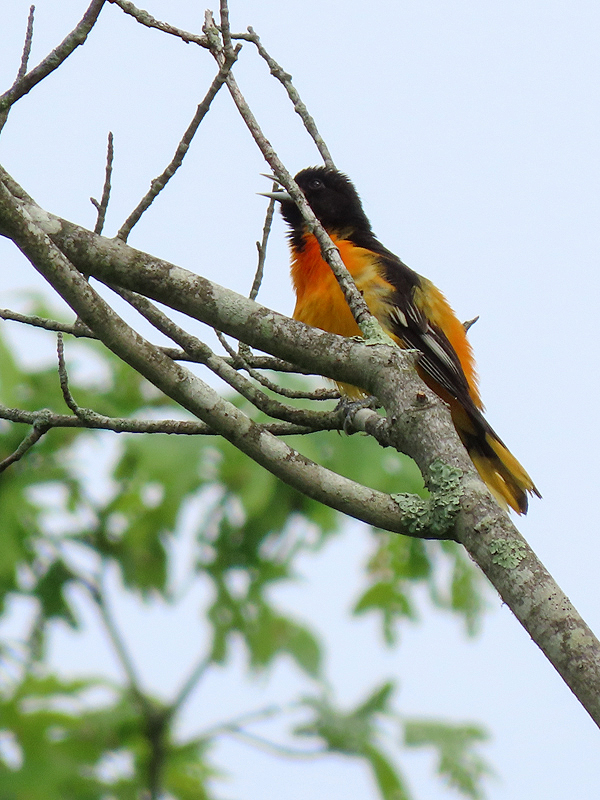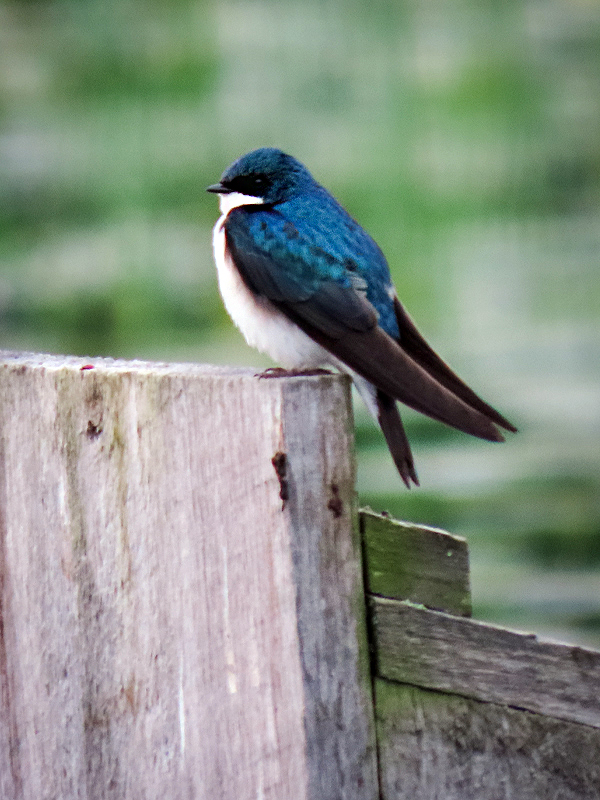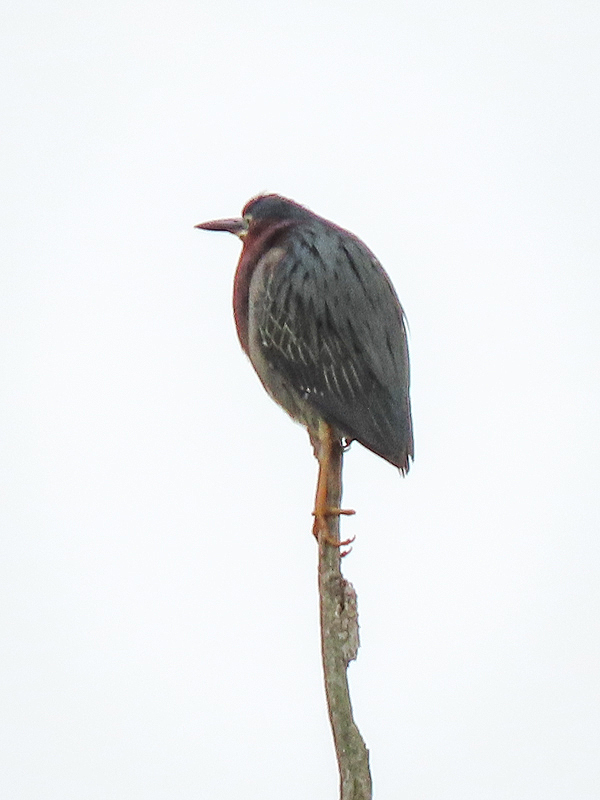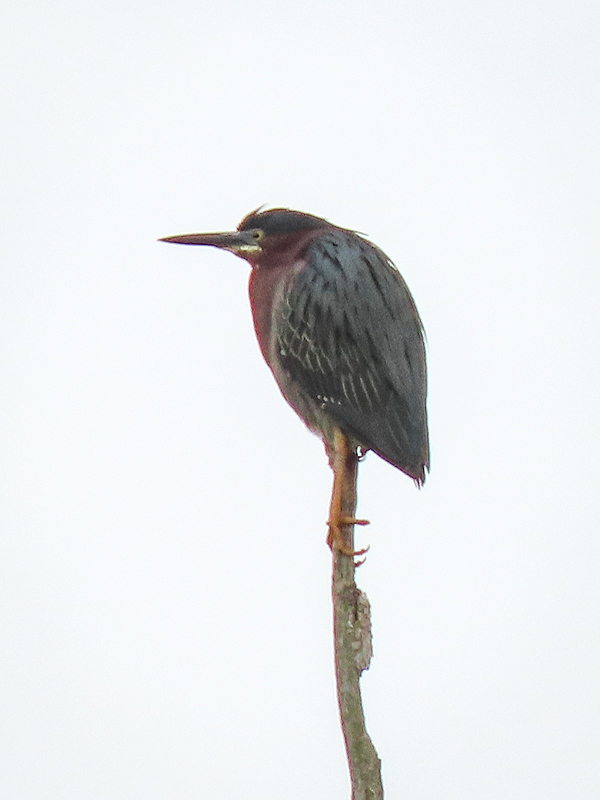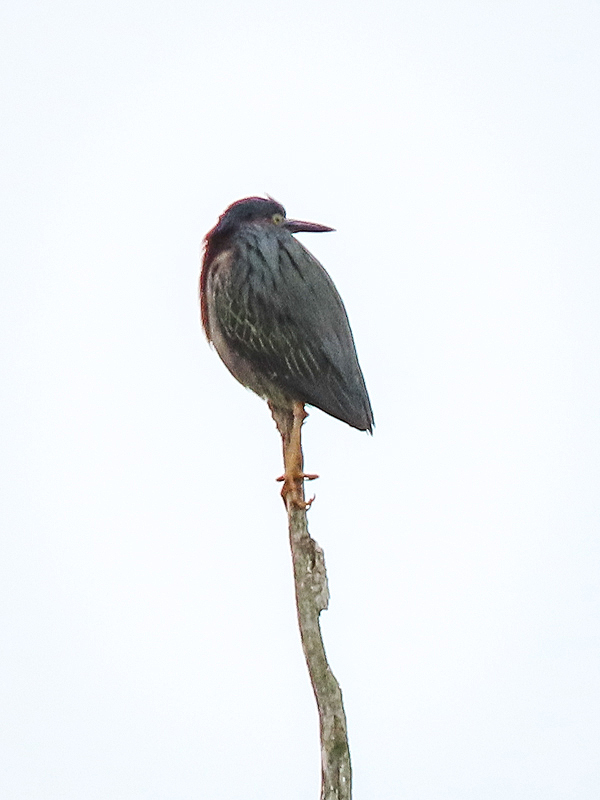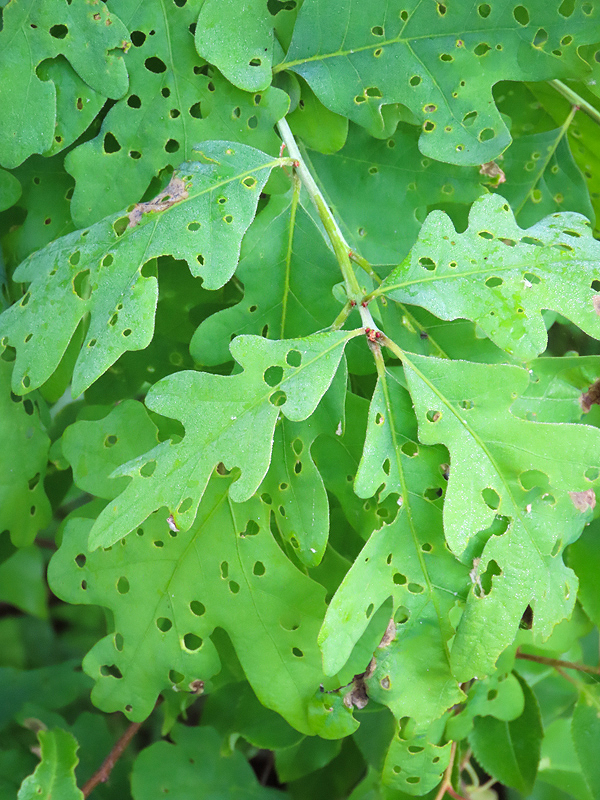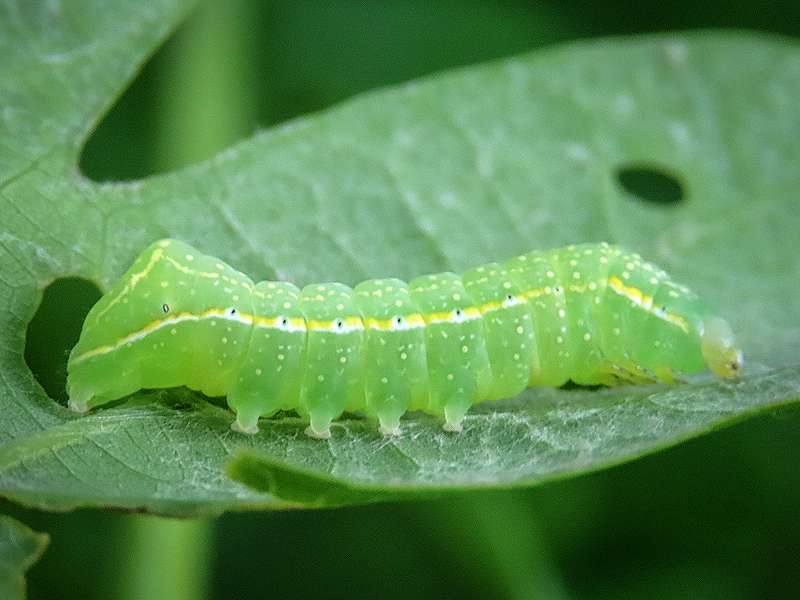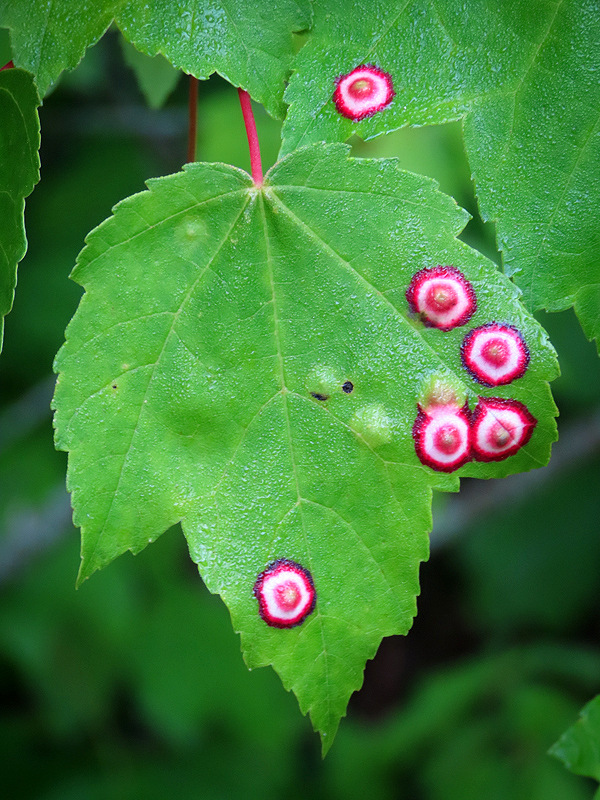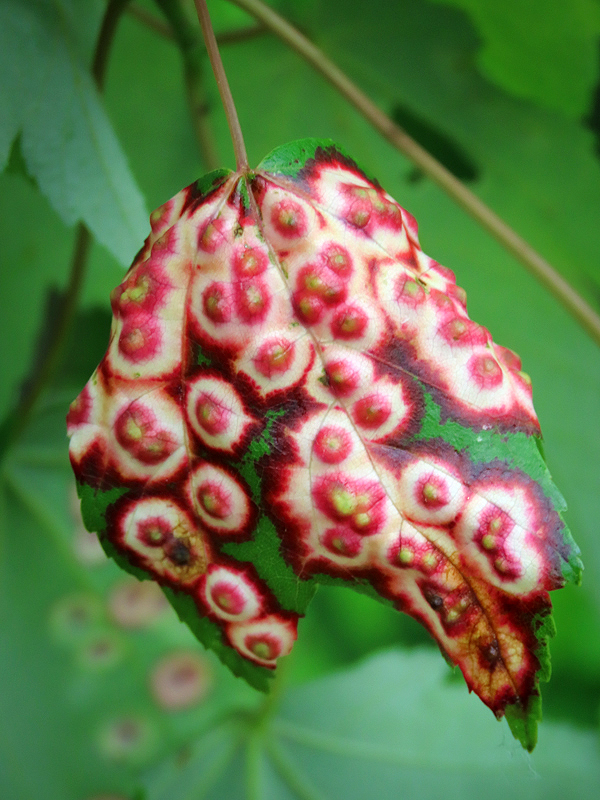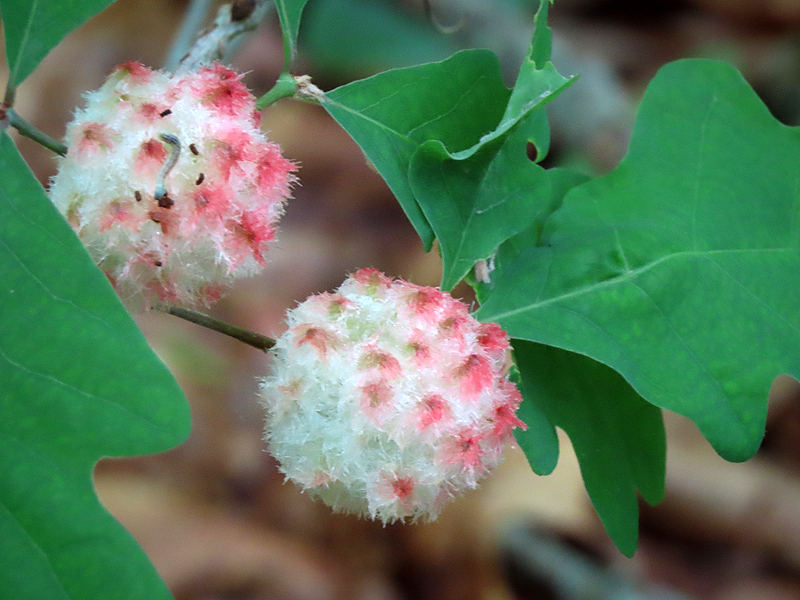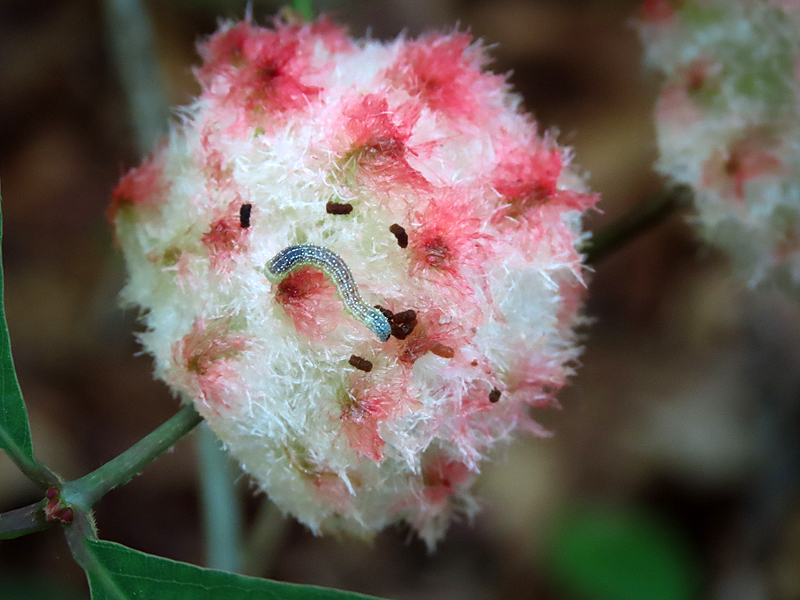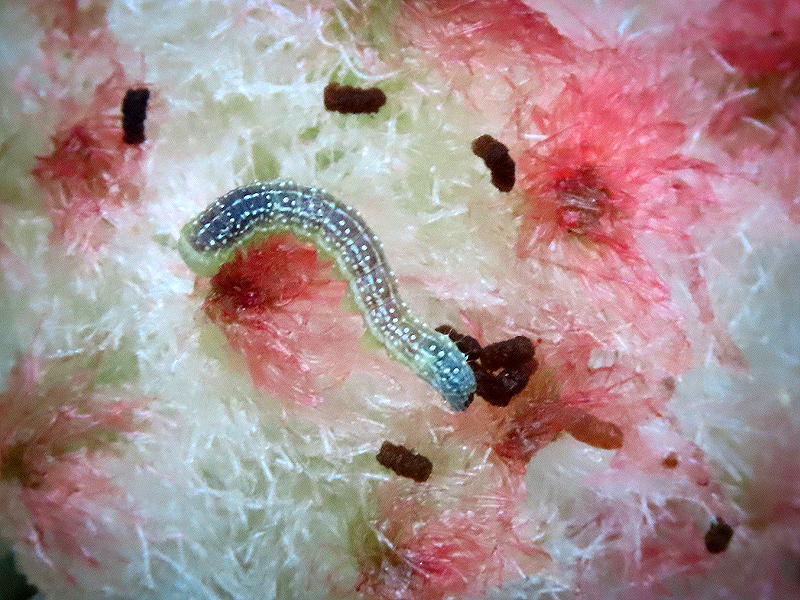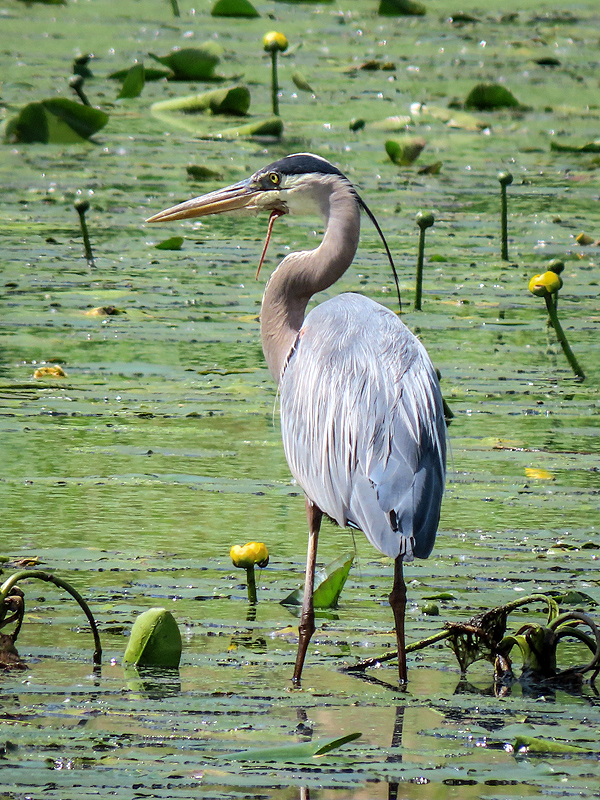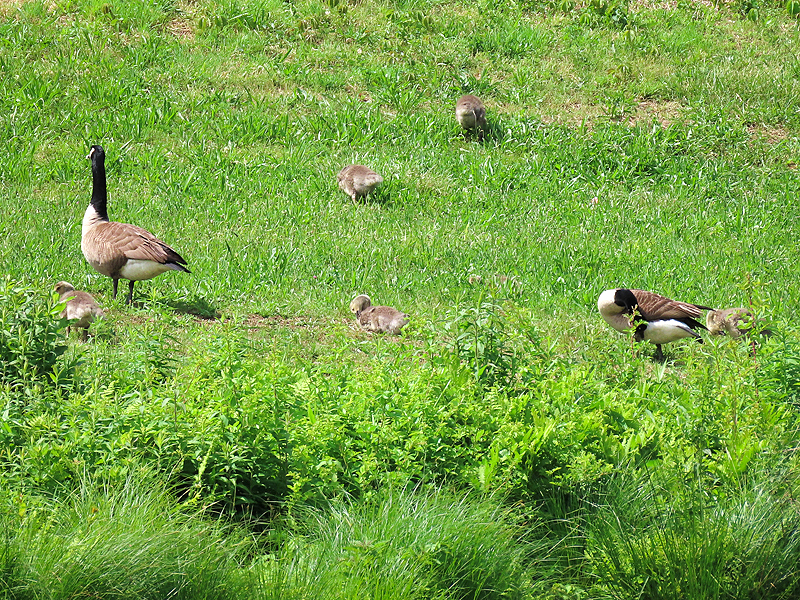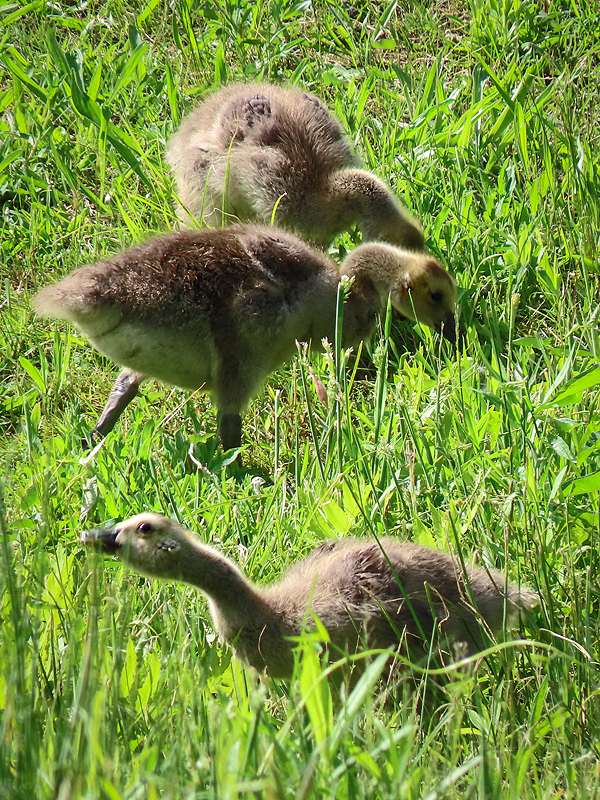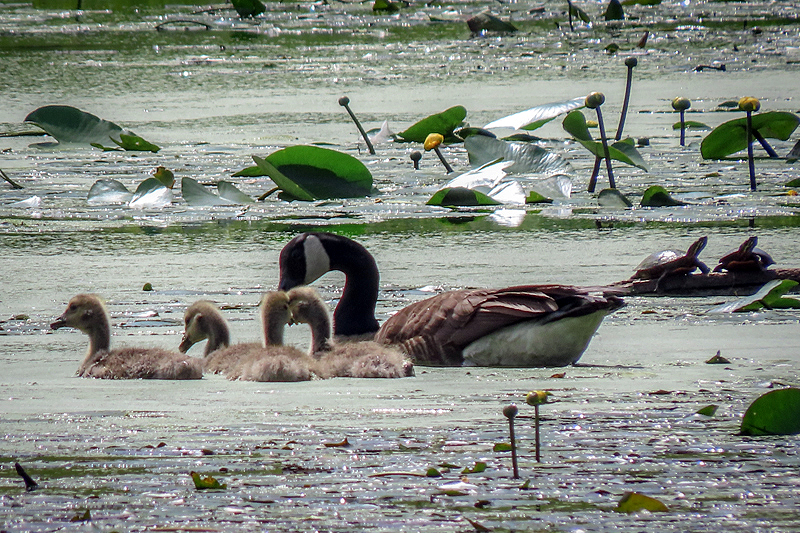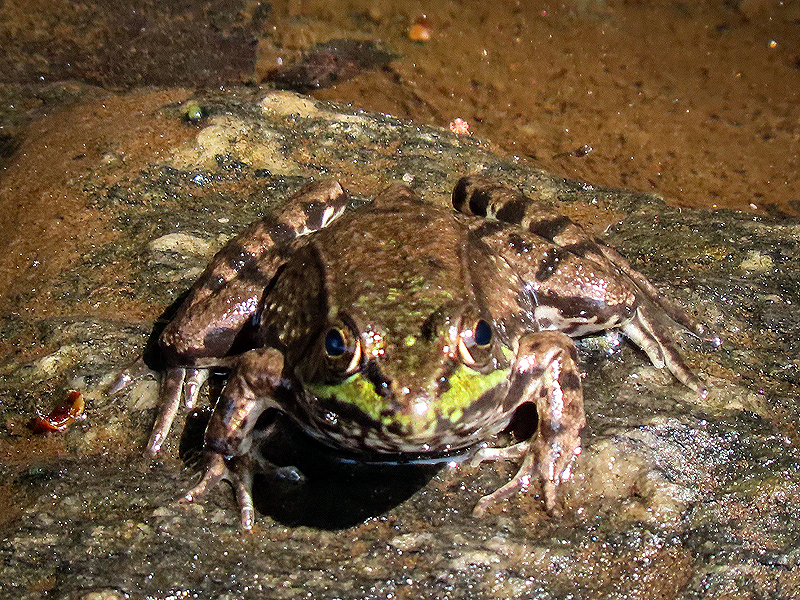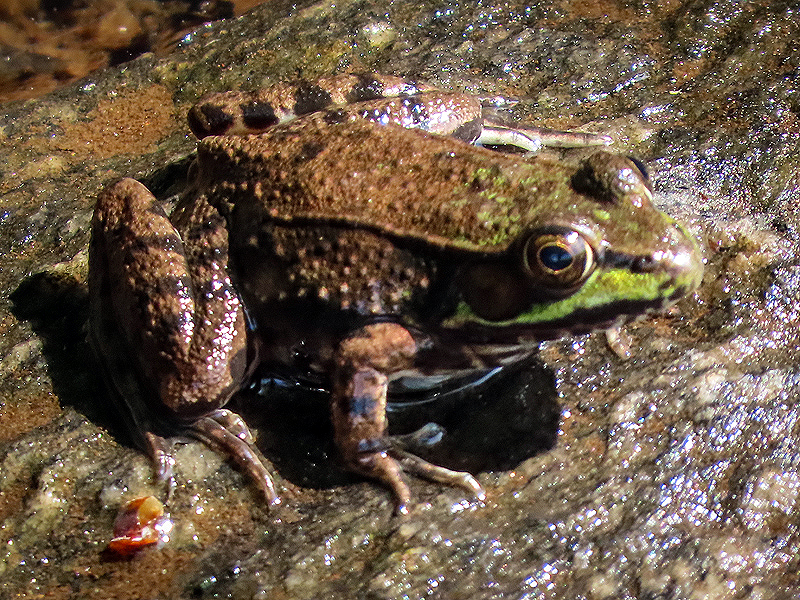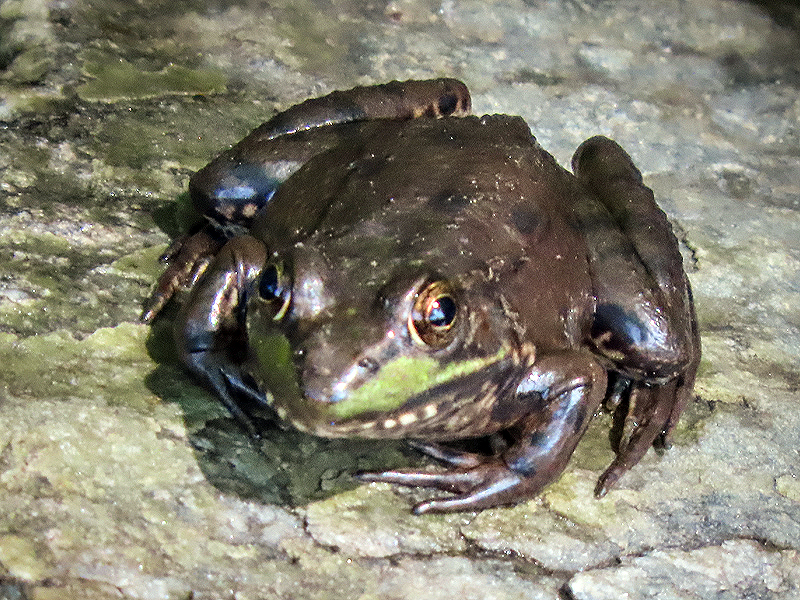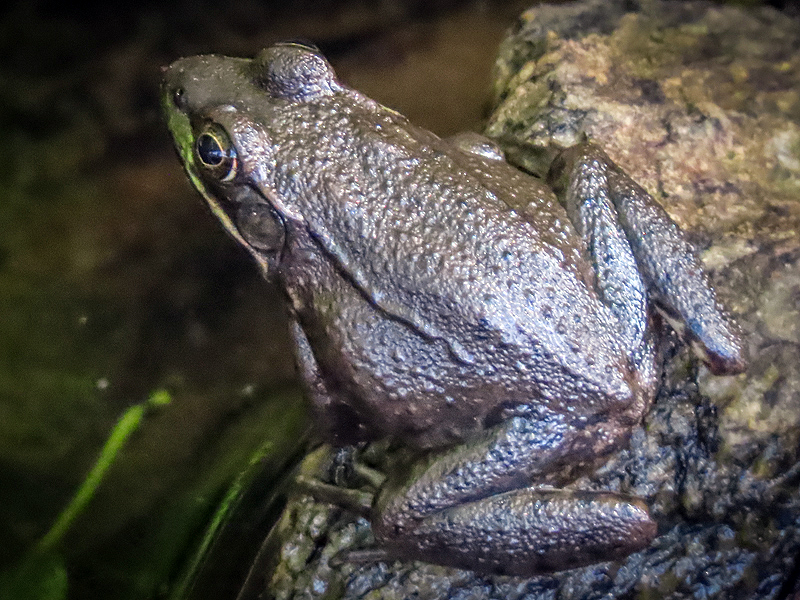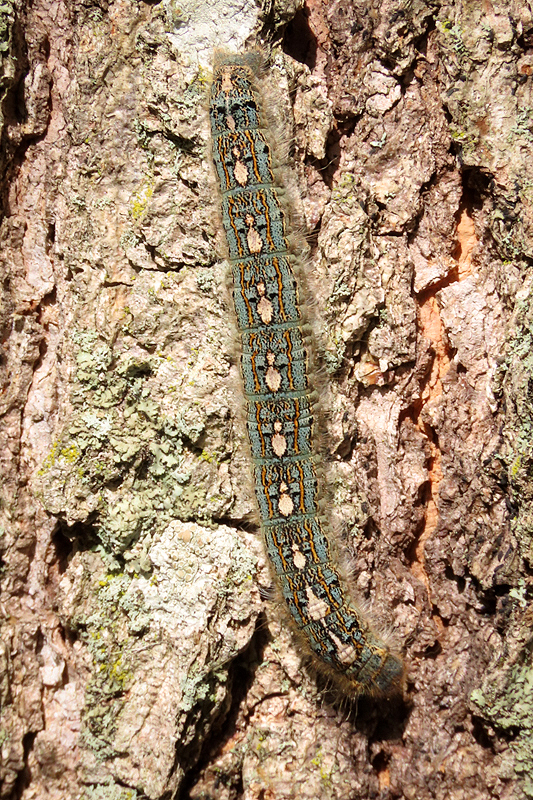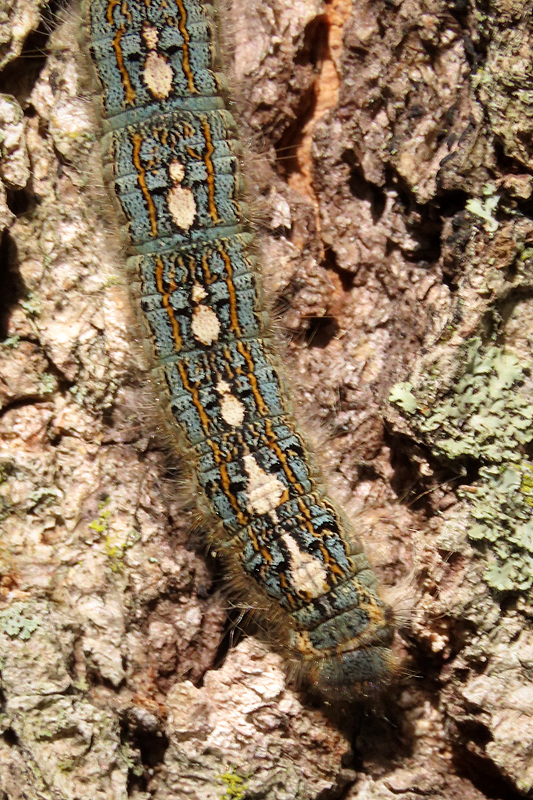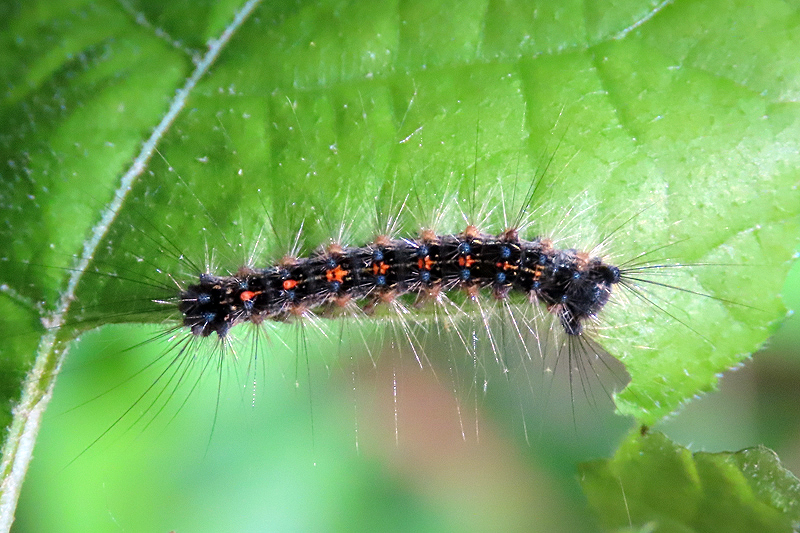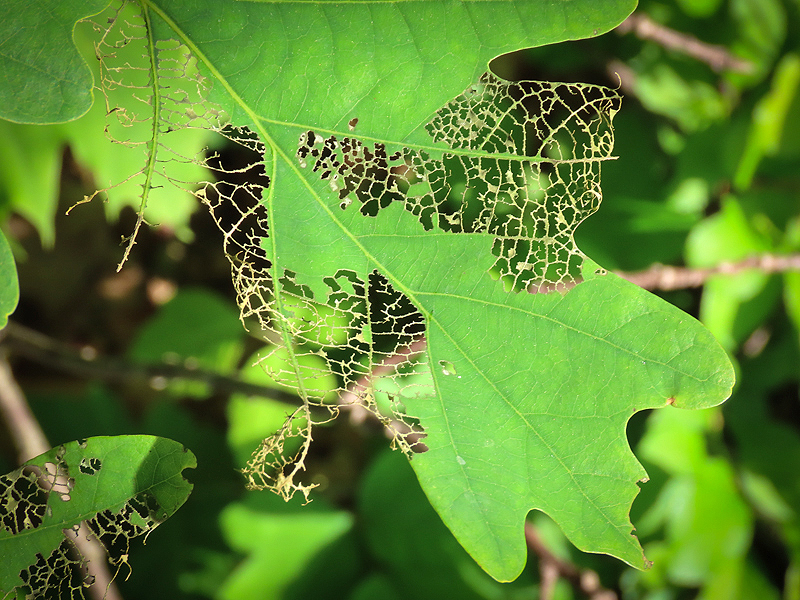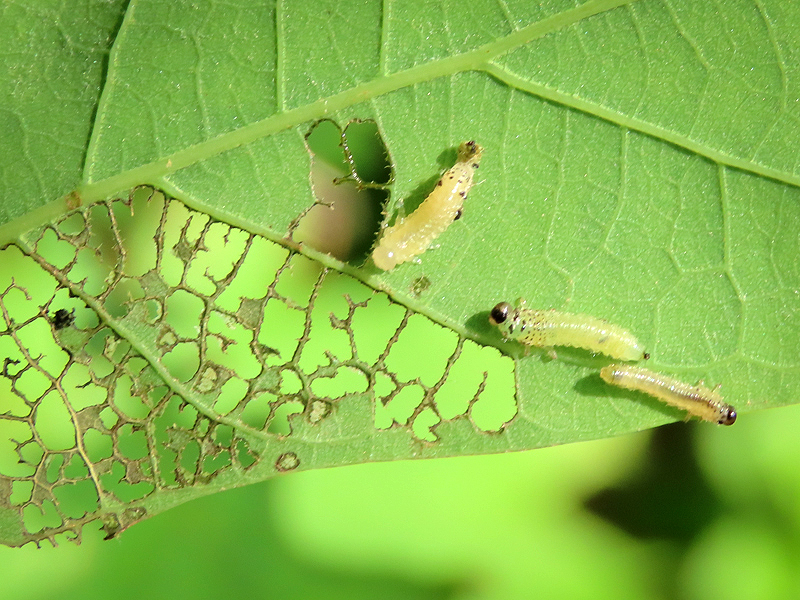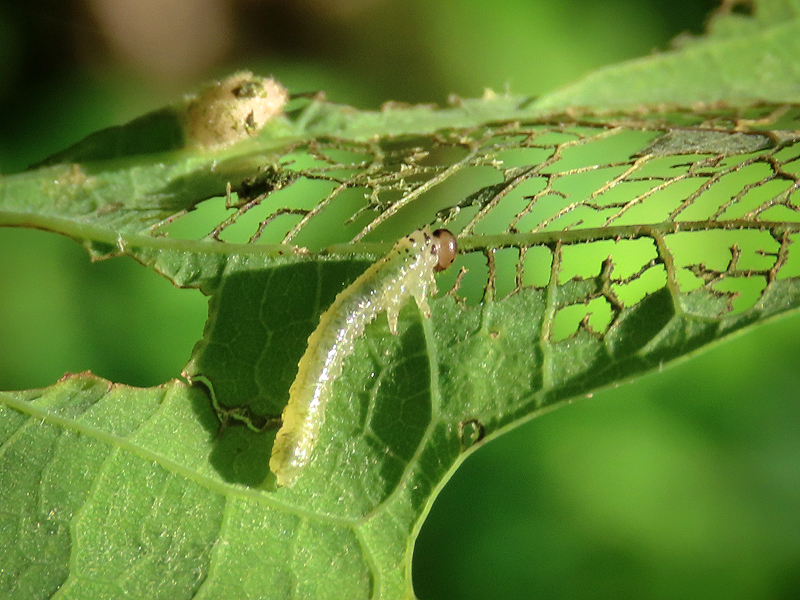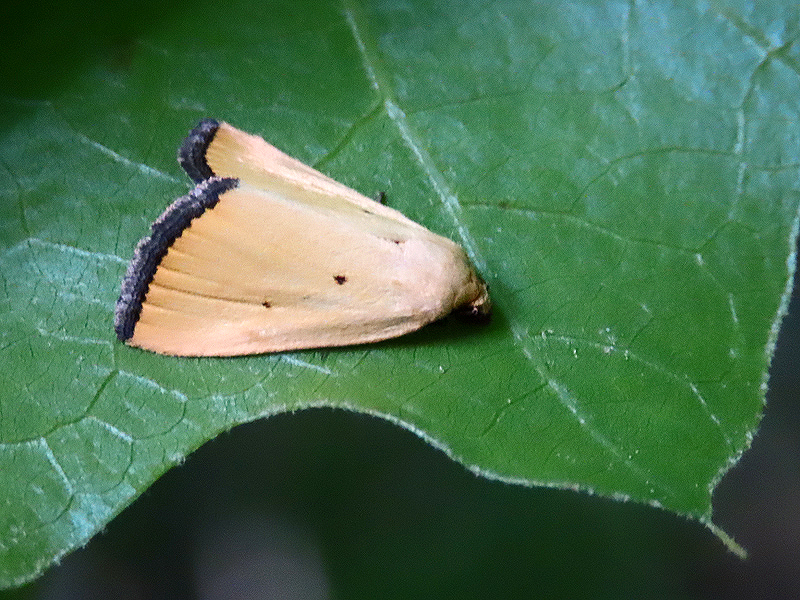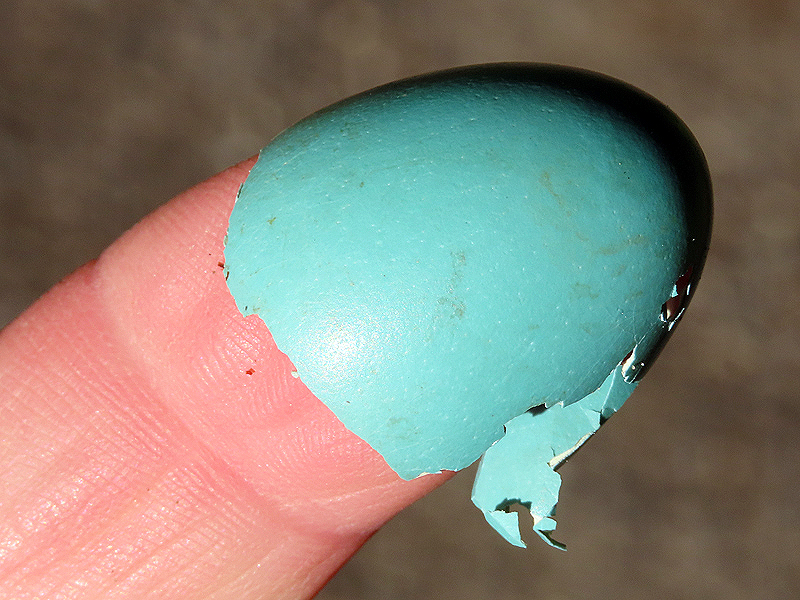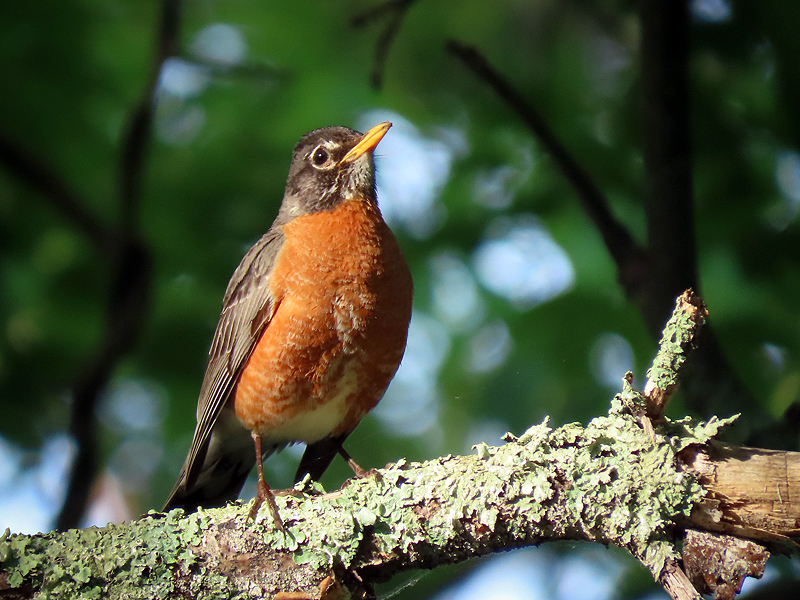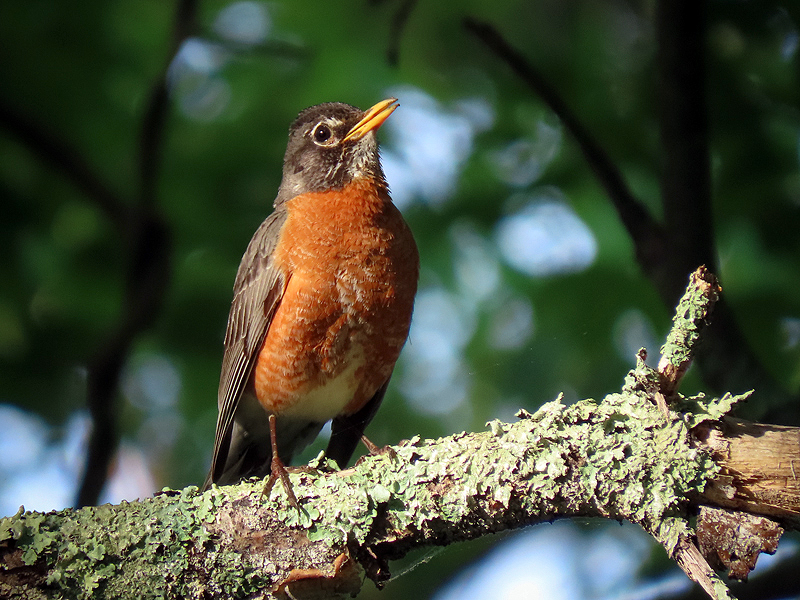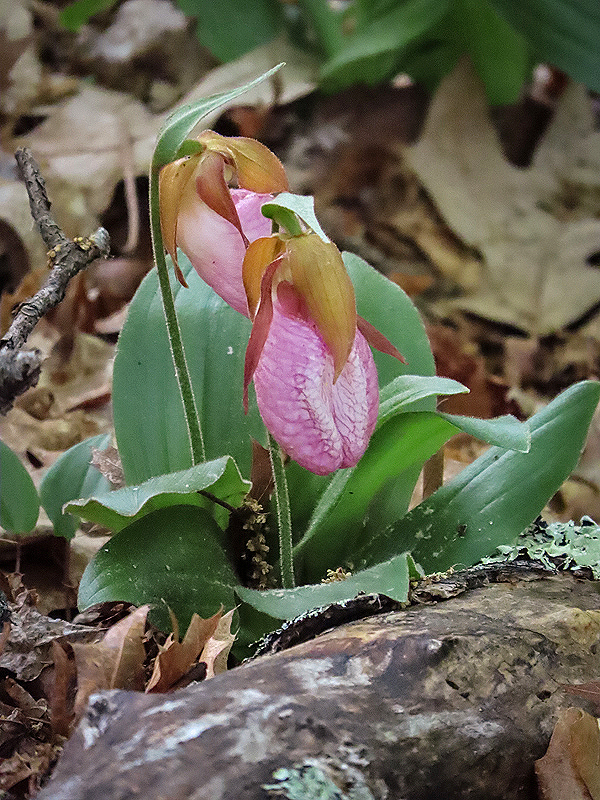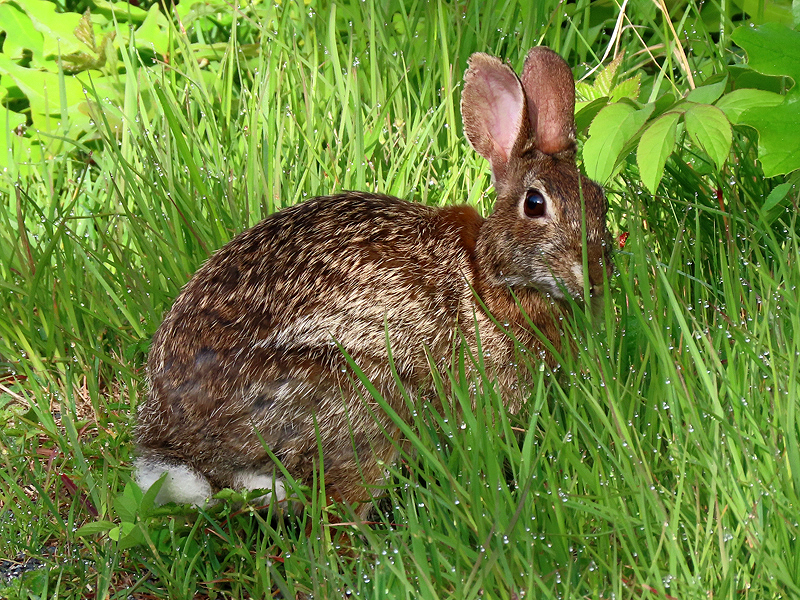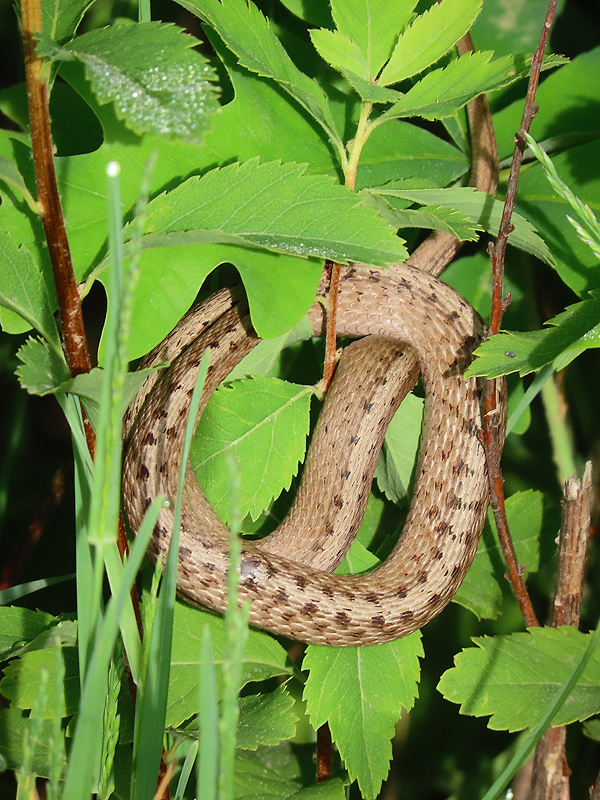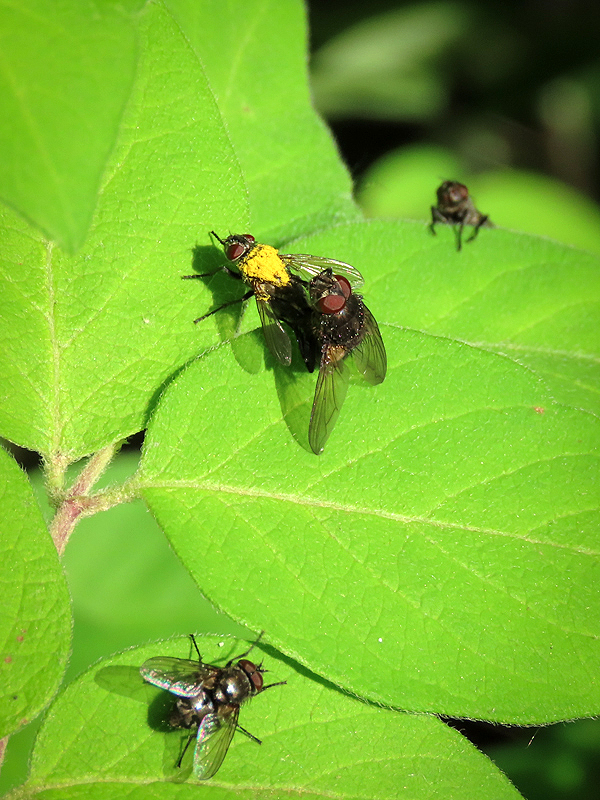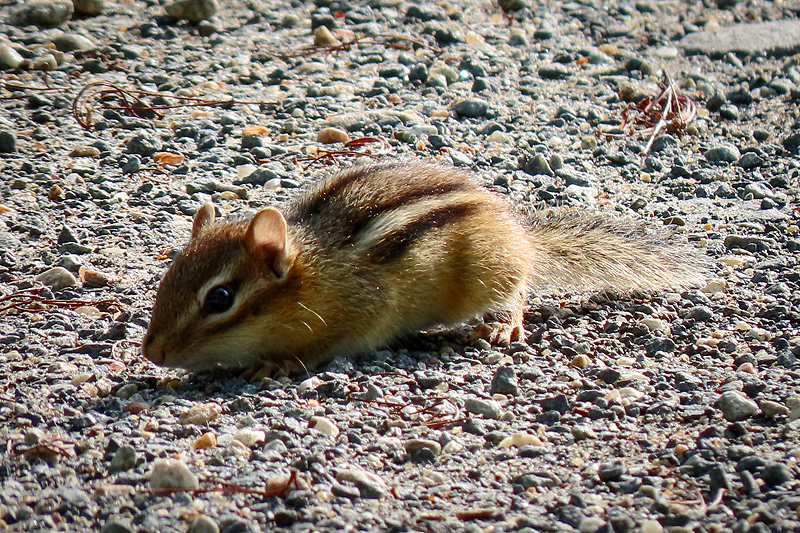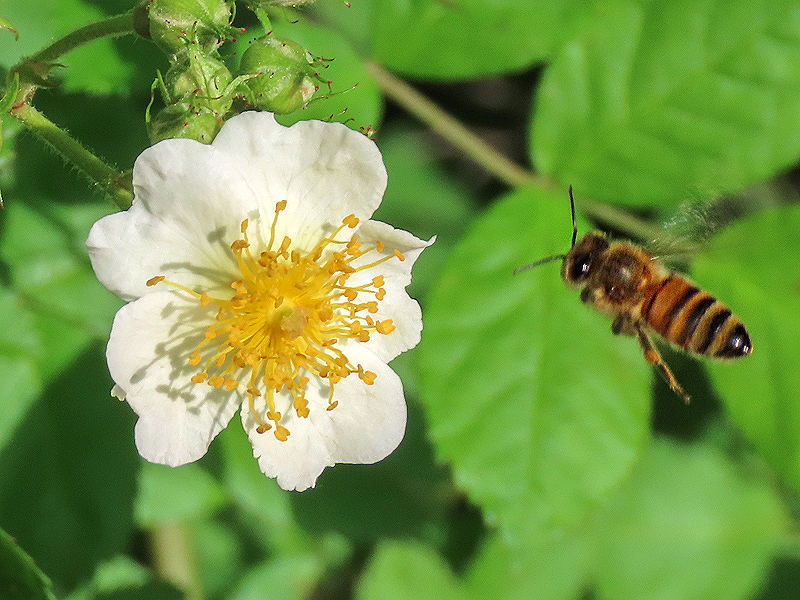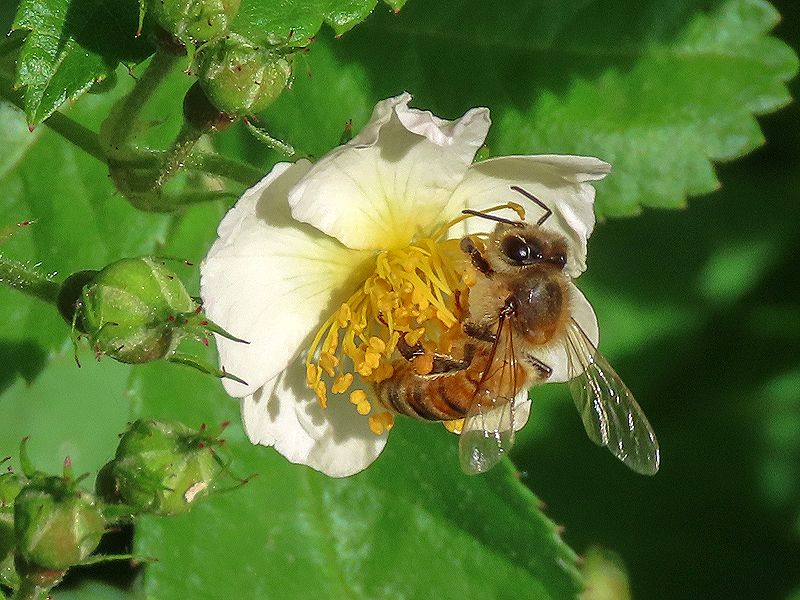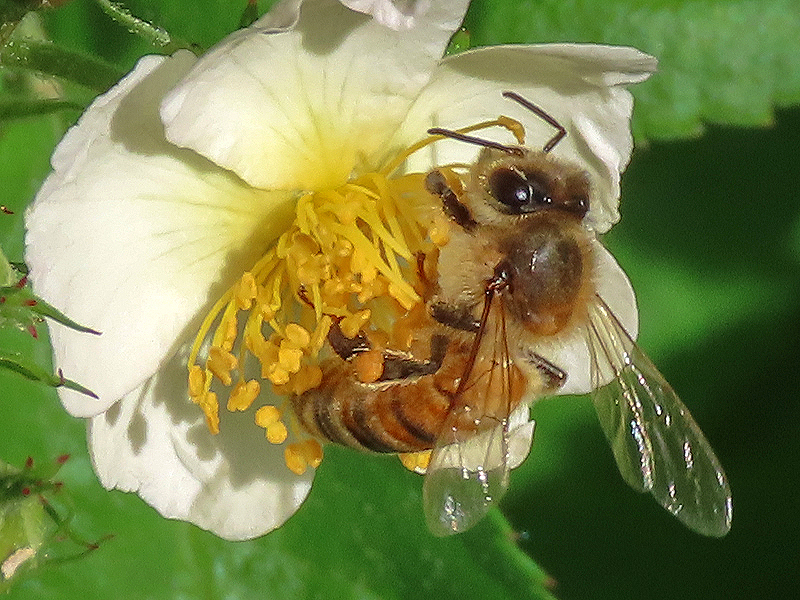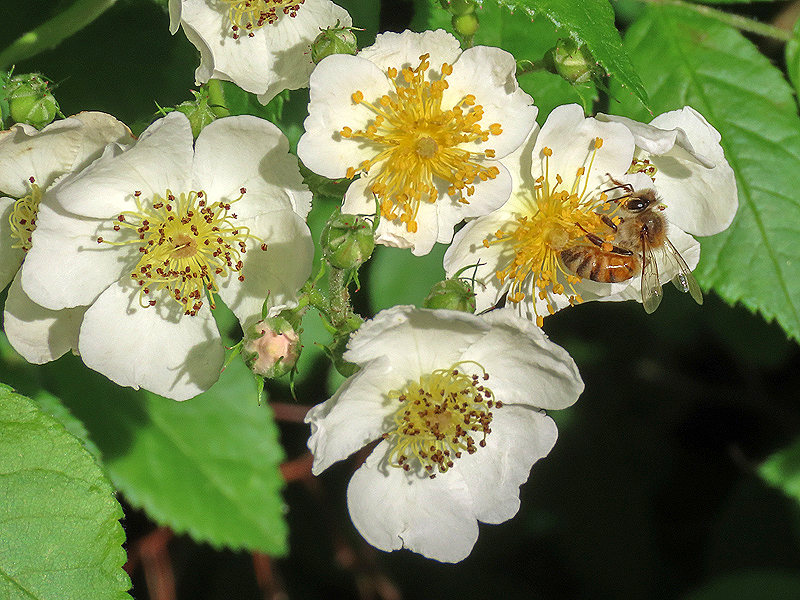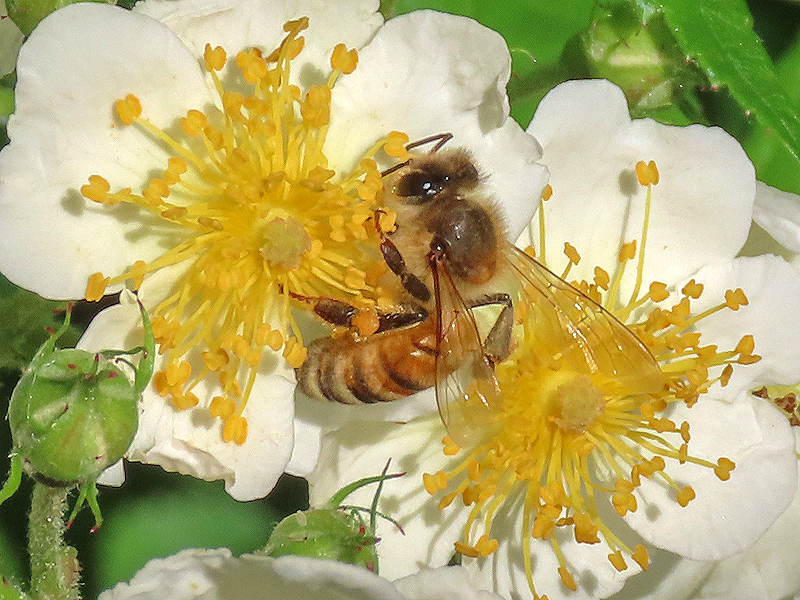Along the Air Line... 2021 - Spring, Part 22 The Air Line Trail in Eastern Connecticut - Stan Malcolm Photos |
HOME: Air Line... 2021 Pages Menu Stan's FlickR Albums |
June 1st. Eastern Cottontail (Sylvilagus floridanus). |
|
|
|
|
|
|
A male Baltimore Oriole (Icterus galbula). |
Male Tree Swallow (Tachycineta bicolor) on the Wood Duck box, as usual. |
Green Heron (Butorides virescens). |
VERY far away across the marsh. |
|
|
White Oak (Quercus alba) leaves with "shot hole" caterpillar feeding damage. I associate this kind of damage with Gypsy Moth (Lymantria dispar) feeding but I was unable to find any of those caterpillars. (In fact, I've seen none, anywhere, this year.) |
In fact, this is the only caterpillar I found on oak leaves. It will mature into a Copper Underwing moth (Amphipyra pyramidoides). |
These are Maple Eyespot Galls caused by the Ocellate Gall Midge (Family Cecidomyiidae, Acericecis ocellaris). |
|
Wool-sower Wasp Galls on oak, caused by a Cynipid wasp, Callirhytis seminator. |
But I've never seen a caterpillar feeding on gall tissue like this, and the caterpillar's dark frass proves that it's feeding. |
The caterpillar is of a Pinion Moth, most likely the Dowdy Pinion (Lithophane unimoda), though the Ashen Pinion (L. antennata) is possible. |
A brief stop at Cranberry Bog in the afternoon. The Great Blue Heron (Ardea herodias) with the damaged throat and protruding tongue is still doing well. |
The Canada Goose (Branta canadensis) family with 7 goslings is doing very well. They sure have grown. |
Five of the goslings in this photo. The other two nearby. |
|
Elswhere another goose family with 5 goslings. No idea where they came from. |
Lots of Green Frogs (Rana clamitans) in the trailside ditch... |
|
|
|
...and one I noticed in the pond covered in Duck Weed (Lemna minor). |
June 2nd. Forest Tent Caterpillar (Malacosoma disstria). |
Unlike its congener, the Eastern Tent Caterpillar (Malacosoma americanum), the Forest Tent Caterpillar doesn't build a tent. So much for common names. |
|
The first (and hopefully only) Gypsy Moth (Lymantria dispar) caterpillar I see this year. |
Upper side of a "Skeletonized" White Oak (Quercus alba) leaf. |
The culprits were Sawfly larvae (Family Tenthredinidae) feeding on the bottom side. Superficially they look like lepidolpteran caterpillars but actually belong to the Order Hymenoptera. "Fly" in the common name is misleading. The central larva has just molted: note the head capsule hasn't darkened up yet, and the cast off old skin (exuvia) is stuck to the butt. |
Sawfly larvae have longer true legs, and more pairs of abdominal prolegs, than caterpillars. They have a single large ocellus per side (dark spot barely visible in this photo) while caterpillars have six small ocelli per side. |
Black-bordered Lemon Moth (Marimatha nigrofimbria). Caterpillars feed on crabgrass and morning glory. |
Discarded Robin's egg shell. |
A male American Robin (Turdus migratorious). |
|
Among the last Pink Lady's-slipper Orchids (Cypripedium acaule) still blooming. |
Surely the same Eastern Cottontail (Sylvilagus floridanus) I've seen most days recently. |
A Northern or Dekay's Brown Snake (Storeria dekayi dekayi) curled up in low vegetation. I'd guess no longer than 10 inches and very docile. |
I first became awared of this fly species on a sunny patch of Morrow's Honeysuckle in the summer of 2012. I've seen them there every year since - but this is the first time I've seen a female amid the males. In this photo, the female has the yellow thorax but I believe that's just pollen - the defining characteristic is that females have space between the eyes at the top of the head while male's eyes meet at the top. Here's what I learned back in 2012: With help from dipterists George "Jeff" Boettner at UMass, Amherst, and James O'Hara and Tarek Mohammed of the Canadian National Insect Collection ("CNC", Ottawa) the story of these flies can be told. Aggregations of male flies (and other creatures) like this are called "leks". Jeff Boettner says, "Often I see this behavior on tops of mountains and such, and they will often use the same exact spot year after year. But yours is an amazing number of flies! Leks are basically bachelor hang outs, where boys play king of the hill and the boy holding the important spot when the female arrives gets to mate. They can often last just a few hours a day, so you have to know their schedule. But if you go back to the same tree in a year at the same time of day you may see it again. This a a great strategy for rare flies, (if you are rare it can be hard to find a mate, but if they have a preprogrammed spot- often a high point, or near water, and a preprogrammed time of day, it can limit the wasted time looking for a mate." Subsequent to photographing these flies, I collected a sample and sent them to the CNC where Dr. Tarek Mohammed identified them and sent this kind reply: "Dear Dr. Malcolm, Your specimens have reached me safe. They are perfectly pinned and labelled. Such specimens are greatly appreciated by the Canadian National Collection of Insects. Thank you. The specimens are all males and belong to Pollenia labialis Robineau-Desvoidy, 1863. This species is distinguished from all other Pollenia species present in North America by the dark brown or black colour of the basicosta and posterior thoracic spiracle. Also, the facial carina is reduced or absent. Distribution: Northern United States and southeastern Canada. Pollenia labialis has been previously recorded from Ontario, Indiana, Michigan, Maine, New Hampshire, Oregon, and Washington. Therefore, these specimens are an important addition to the CNC. According to Rognes [1991: Blowflies (Diptera, Calliphoridae) of Fennoscandia and Denmark. Fauna Entomologica Scandinavica 24: 1-272], the biology of Pollenia labialis is unknown." So, the Air Line Trail collection extends the known range of P. labialis into southern New England. A pity that more isn't know of this species' biology, but some other species of Pollenia are known to parasitize earthworms. |
Mates. |
Eastern Chipmunk (Tamias striatus). |
Honey Bees (Apis mellifera) were gathering pollen from Multiflora Rose (Rosa multiflora). |
|
|
|
|
